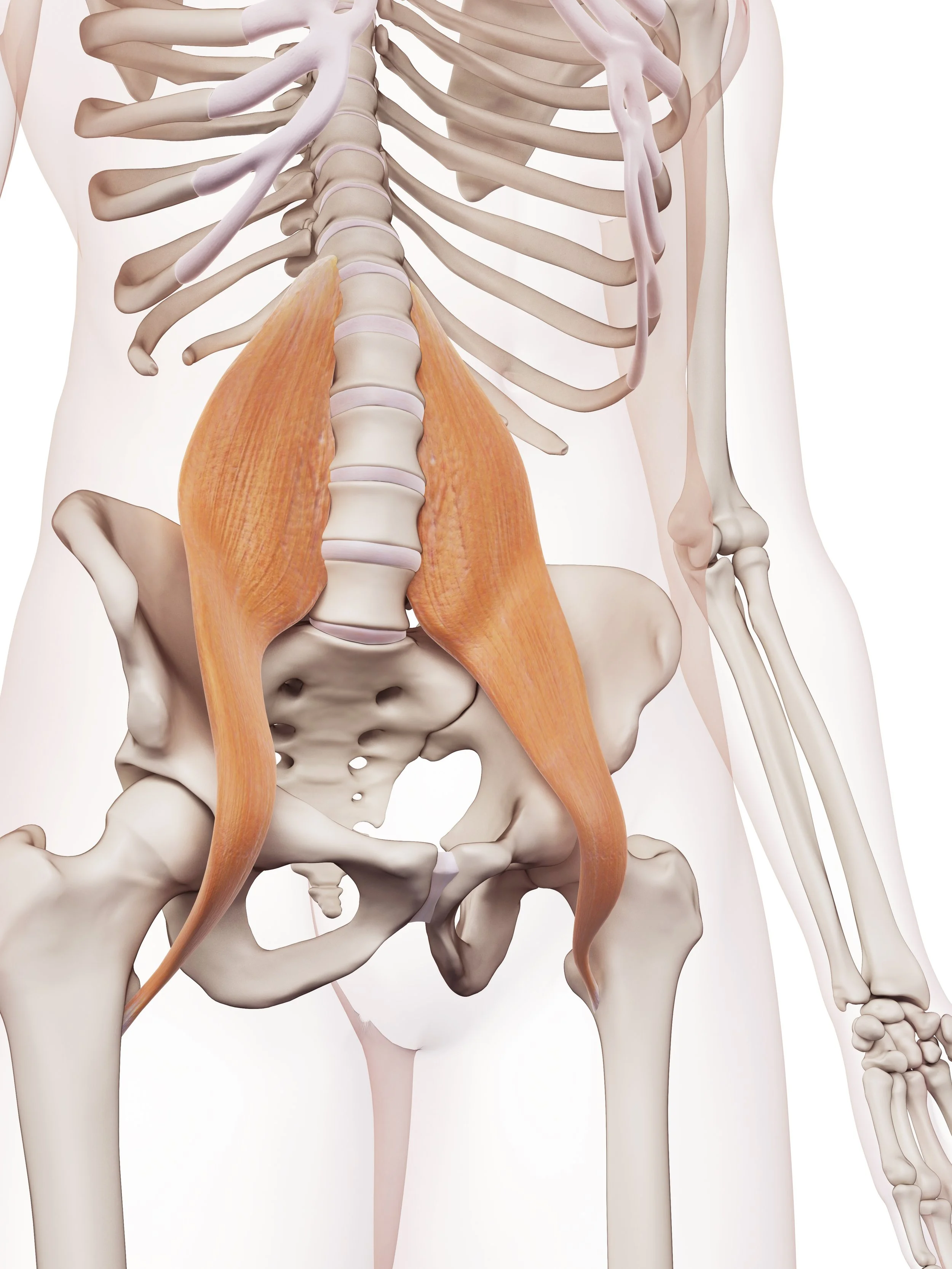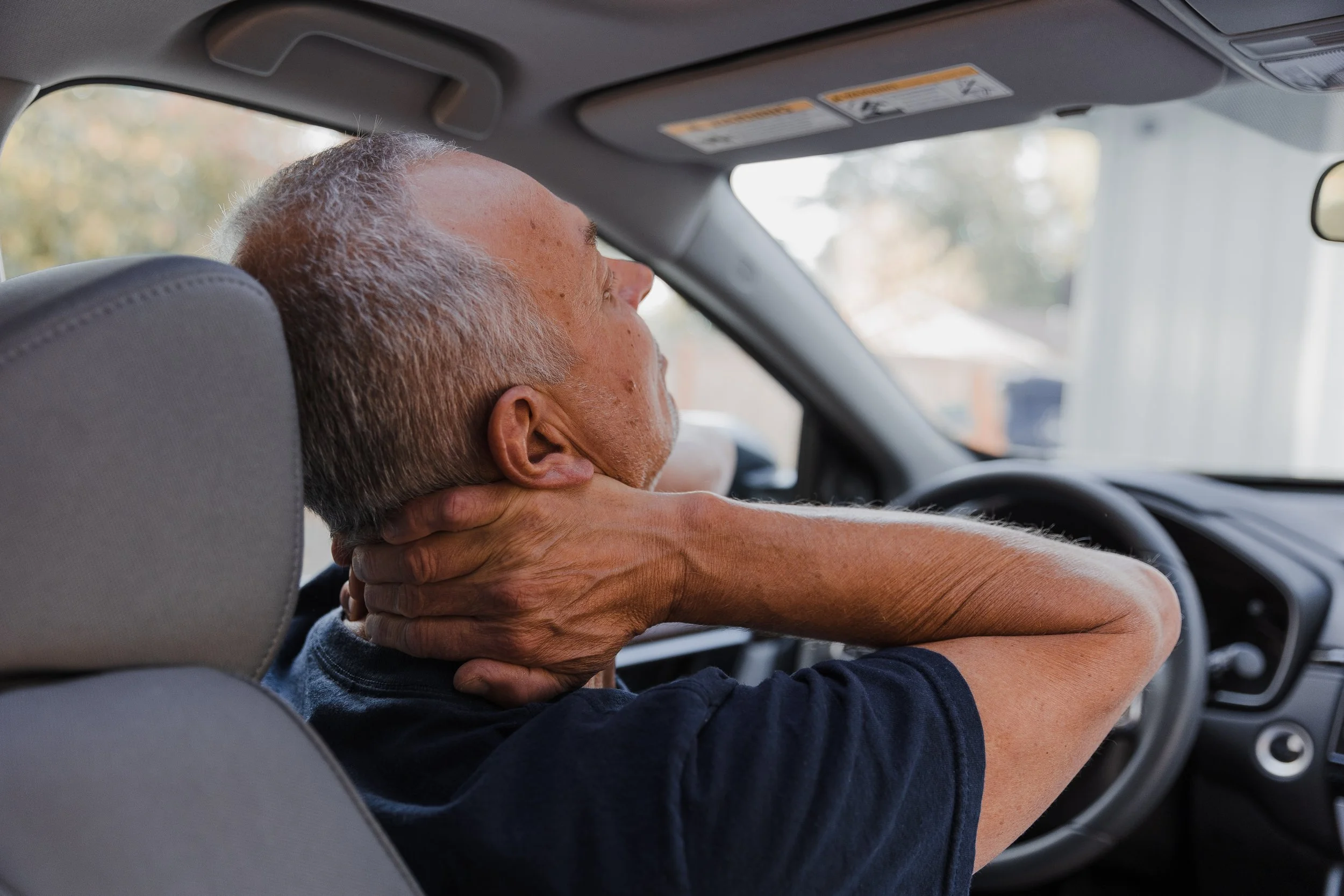The plantar fascia can be injured in a variety of manners. Most people are familiar with the idea of a repetitive injury involving straining of the fascia at the heel origin, starting a vicious cycle of irritation followed by scar tissue formation, then thickening and scarring of the ligament layers, causing the inflexible tissue to be less and less resistant to walking, and weight bearing activities. The natural instinct in that case becomes to vigorously stretch and manually mobilize those structures (standing calf stretches for example). However, the arch ligament is also subject to partial, acute or sub-acute tearing, making it more akin to a nasty, unstable ankle rolling sprain. The patient will report a rather rapid onset of acute heel pain after a long run, a long day of running errands while wearing flimsy shoes, and the pain is often unilateral. Palpation findings will show a discreet area of thinning of the ligament close to the heel and almost always on the inside of the foot. In extreme cases, you can palpate a gap in the fascia and see a visible small lump under the arch where the torn ligament retracts.
Distinguishing an acute fascial tear and injury is extremely important since many self care approaches used for the chronic phase are contraindicated, especially weight bearing calf stretches. Over the long term you still need to evaluate all of the structures we talked about last week for predisposing the plantar ligament to rupture by pre-loading it excessively, however in the short term you treat it like a partially torn ligament with rest and some degree of immobilization. In routine cases, that will involve compression bandage, limited weight bearing, rigid taping in a high arch position, and a soft arch support. Ultrasound therapy can also be really beneficial for the first couple of weeks after the injury.
In the long run, most of the fascial tears will turn into a chronic case with scar tissue filling the gap, but the integrity of the arch may be compromised due to lengthening of the fascia and weakening of the medial aspect. Formation of a bony spur around the tear is often visible on X-rays within 12-18 months after a tear. Most people will end up needing custom orthotics long term.







